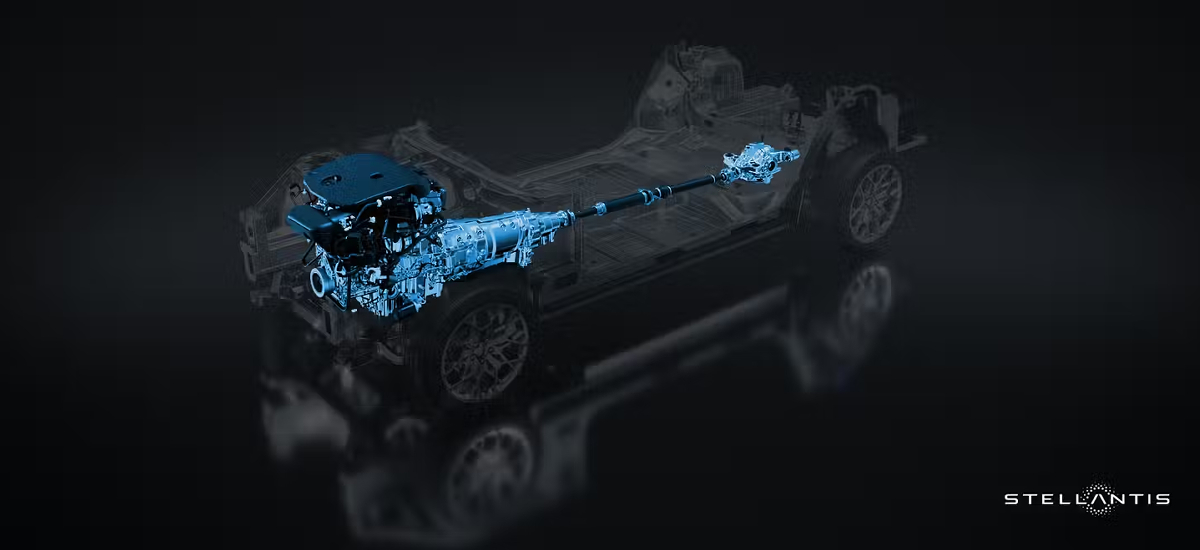
 Your Credit Estimate
Your Credit Estimate
 Your Credit
Your Credit
Your zip code helps us provide you with the most accurate vehicle pricing and vehicle availability.
We estimate your credit score to give you an idea of your monthly payments. To get an accurate payment amount, complete our credit application by clicking the Start Credit Application button below.
start credit application
When the new year (2024) started, we posed a big question based on data from industry insight organizations – “Have Automakers Taken a Big Risk by Going Electric?” It’s an argument that is tough to win. People can provide pros and cons for and against battery-electric vehicles (BEVs), and according to sales from a big BEV automaker like the Kia Corp, the automaker reported an increase of 41 percent for electrified models. Ram Truck released the 1500 REV and Dodge finally made due on eMuscle with the Charger Daytona SRT BEV. So, why in the world would Stellantis make a $600 billion investment into the future of its internal combustion engine (ICE) vehicles?
Yes, Stellantis announced a $6 billion investment to keep ICE alive. It didn’t mention any models planned for this investment, but it would seem its commitment to becoming an electric automaker over the next few years is starting to weaken. Like Stellantis and its Dare Forward 2030 business strategy, many large automakers plan to create upwards of 20 new BEV models by the end of the decade. Stellantis wants to have launched 75 new BEVs to its lineup by 2030. So, where do ICEs fit into this strategy?
If that sounds crazy so far, then it may sound even crazier that Stellantis isn’t alone in trying to preserve its ICE models. General Motors announced a $500 million investment into ICE models last year (2023), Mazda is even working on fuel made from sustainable and natural resources like seaweed, and even after all the progress Kia has made, it too will expand non-BEV options. Even after a successful run with the EV6 and EV9, followed by Kia EV5, Kia EV4, Kia EV3, and Kia EV8 concepts, the automaker wants to continue to produce electrified versions of popular models and expand its hybrid electric vehicle (HEV) and plug-in hybrid electric vehicle (PHEV) lineup.
After being left so far behind in the first place, why would Stellantis backpedal and invest in ICE vehicles once again? Let’s look at the facts – before (1) Chrysler announced its new Halcyon concept, it also announced that the automaker was satisfied with a one model lineup; (2) Dodge announced the Hornet plug-in hybrid, but first released it as an ICE model a year before the plug-in hybrid model was released; and (3) even though the first all-electric vehicle from Dodge should be celebrated alone, the automaker released another ICE Dodge Charger alongside the BEV variant, powered by a multi-power engine – the 3.0-liter Twin Turbo Hurricane inline-six engine.
Ahah! And here we have the culprit. The new Stellantis Hurricane engine is taking over gasoline models in the lineup by replacing older engines with smaller ones that can generate a lot of power. Even better, the new Hurricane engine is offered in two versions to save money on producing multiple different engines for a model lineup and streamlining powertrains. Offered as a Standard Output (SO) engine or a High-Output (HO) engine, the Hurricane can offer the same vehicle two types of power from the same engine. It’s a lot like the Dodge SRT Demon and Hellcat Redeye models coming with two different keys to unlock the full potential of the muscle cars.
With so much money going into designing and perfecting a new engine that can generate two different outputs horsepower and torque, why would Stellantis completely ditch it for new BEVs? In the long run, it’s not a very smart business move. However, when the majority of the auto industry is going electric, putting more money into ICE vehicles also sounds like a risky move. As they say, the definition of insanity is doing the same thing over and over and expecting a different outcome. Could Stellantis be crazy? Let us know what you think on NowCar social media.